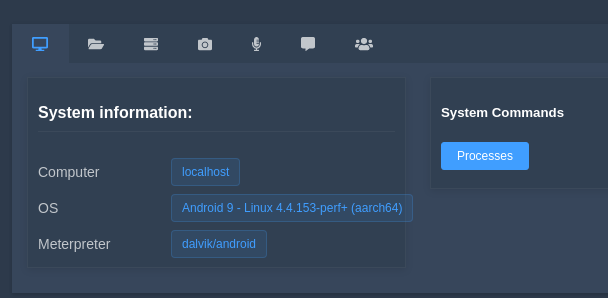
took up the challenge by building sound and movement recorders that attach to whales with suction cups. Just before a kill, a harbour porpoise can click over 500 times a second: if they wait for the echo from one click before making the next one, they would need responses 100 times faster than human eyes.Įxploring this topic is difficult, as it requires tracking predator and prey at the same time. What is unclear is how fast they react to the echoes. As they close in on a prey, they need to click faster to get quicker updates on its location. To find food at night or in the deep ocean, whales and porpoises make short ultrasonic sounds, or ‘clicks’, and then listen for returning echoes. But what about animals that do not rely on vision to hunt? In fact, in monkeys and primates, these muscles can react to sudden movements in as little as 50 milliseconds – faster than the blink of an eye. For example, the eye muscles of hunting cheetahs must lock on to a gazelle and keep track of it, no matter how quickly or unpredictably it moves. There is a strong evolutionary advantage to fast reacting brains and bodies. In the animal world, split-second decisions determine whether a predator eats, or its prey survives. Instead, the neurokinetic response times in echolocation are similar to those of tracking responses in vision, suggesting a common neural underpinning.

High biosonar sampling rates are, therefore, not supported by extreme speeds of neural processing and muscular responses.


Hypothesising that these stereotyped biosonar adjustments are elicited by sudden prey accelerations, we measured echo-kinetic responses from trained harbour porpoises to a moving target and found similar latencies. Using high-resolution biologging of wild predator-prey interactions, we show that toothed whales adjust clicking rates to track prey movement within 50–200 ms of prey escape responses. If echoes are processed on a click-by-click basis, as assumed, neural responses 100× faster than those in vision are required to keep pace with this information flow. Most toothed whales, however, rely on echolocation for hunting and have converged on biosonar clicking rates reaching 500/s during prey pursuits. Visual predators rely on fast-acting optokinetic responses to track and capture agile prey.


 0 kommentar(er)
0 kommentar(er)
